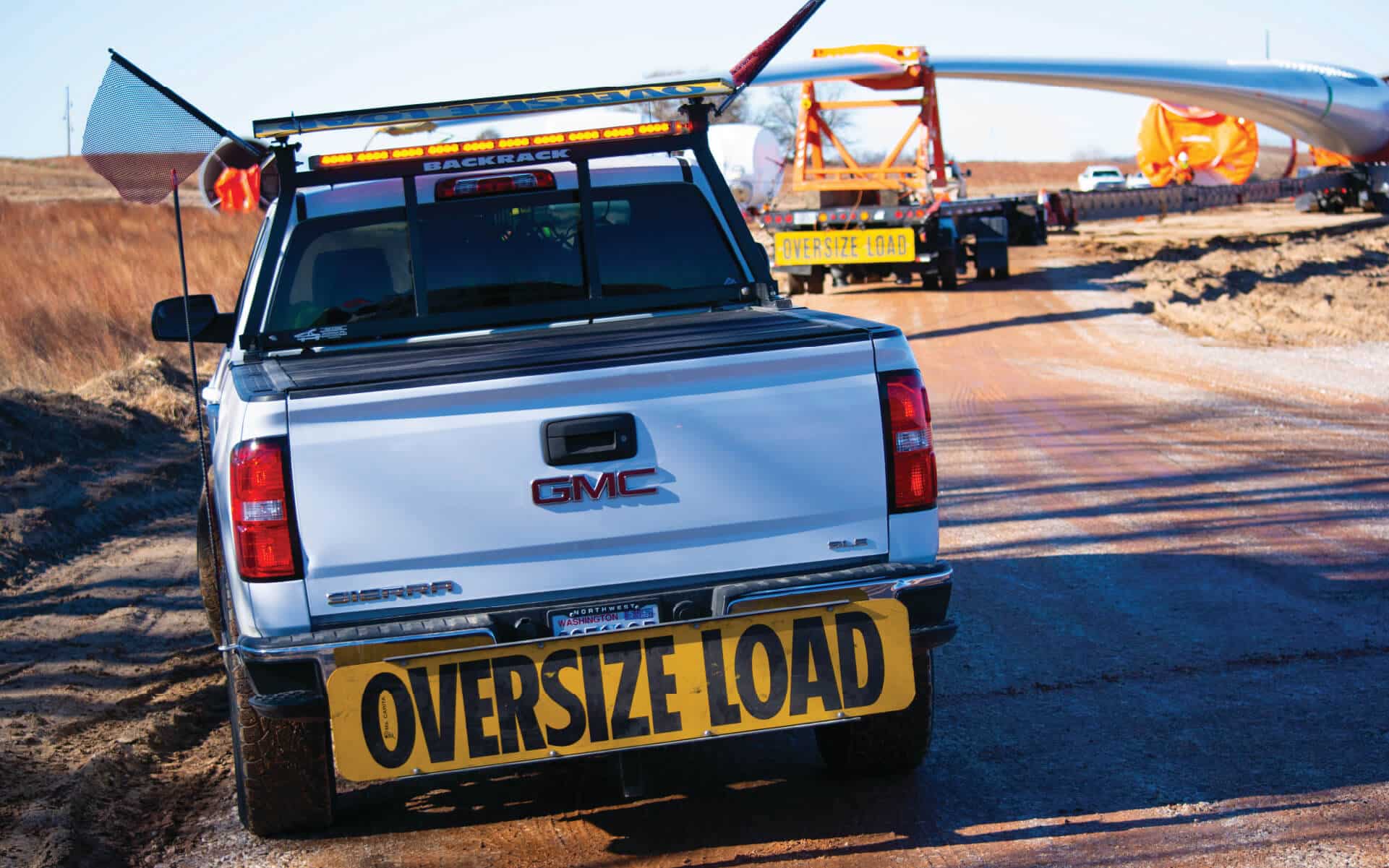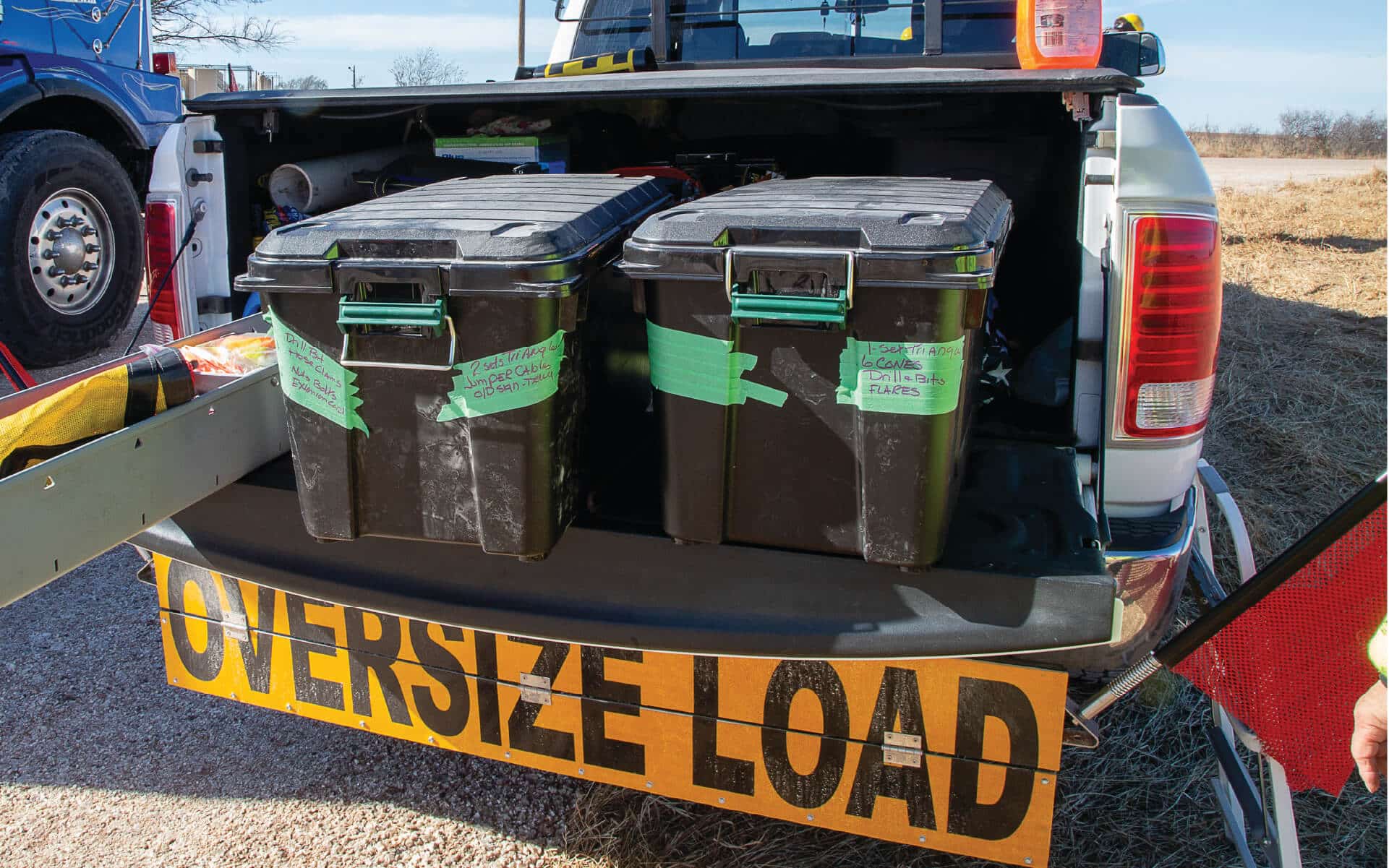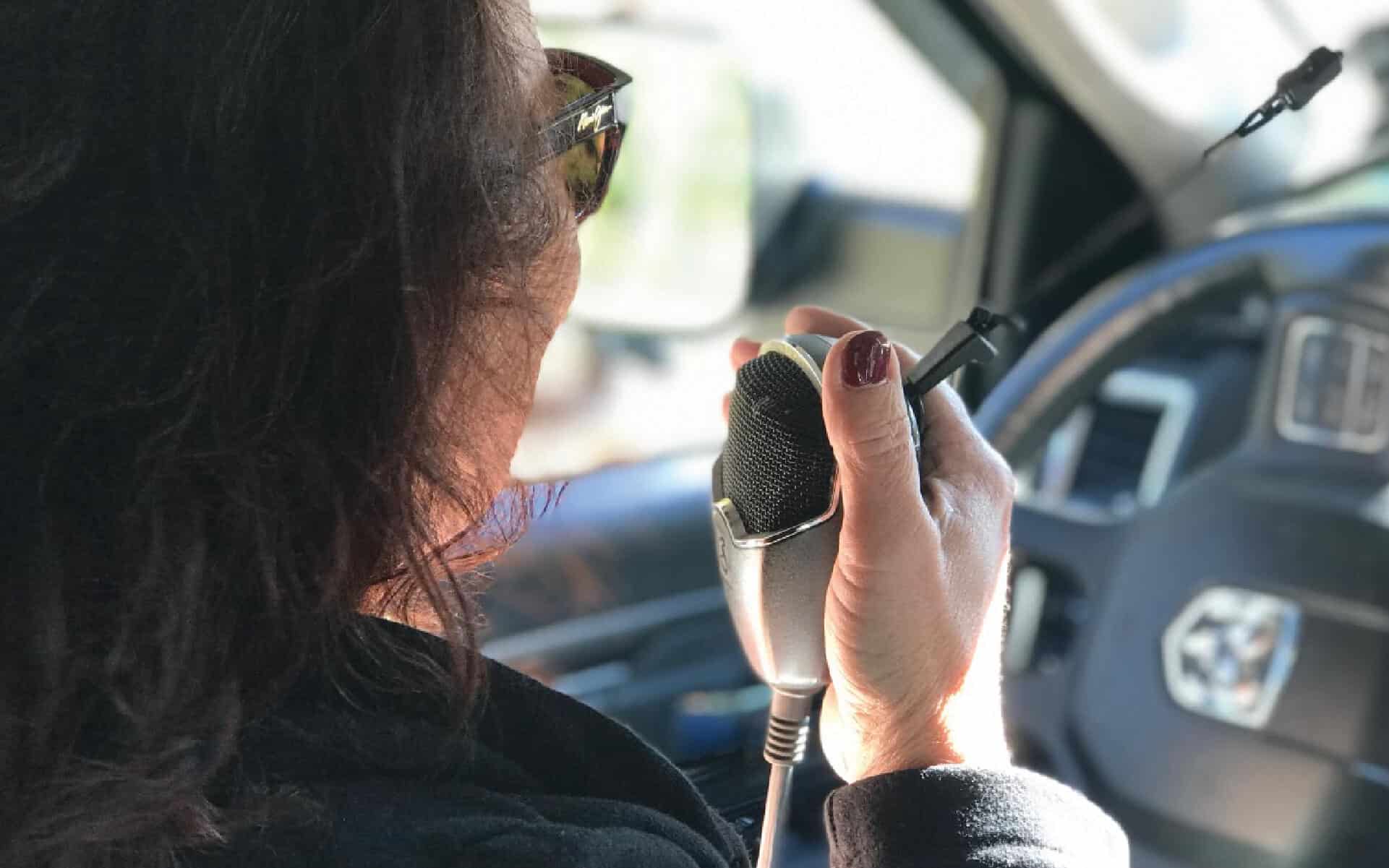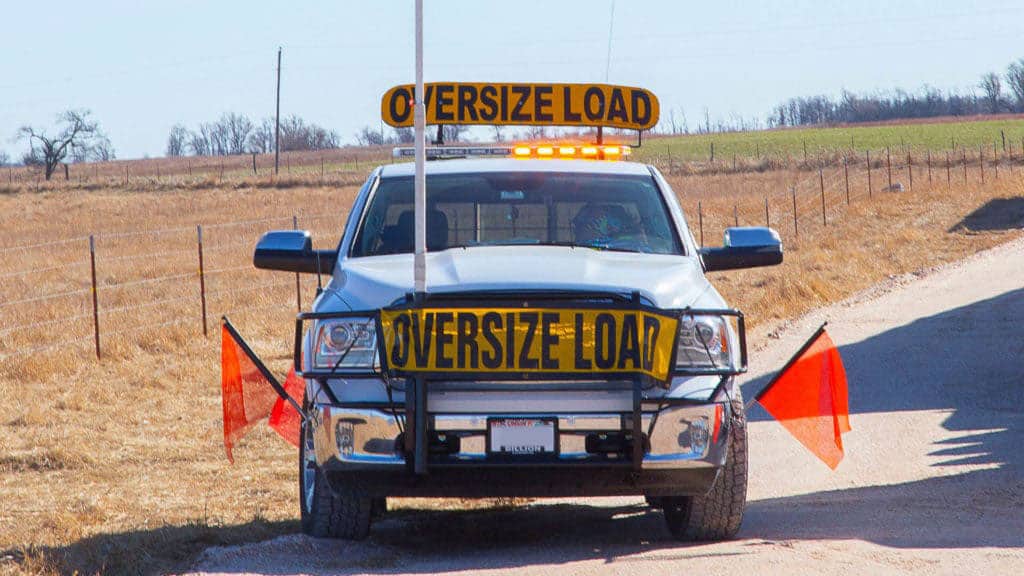Did you know that it can take over a mile for a train to come to a complete stop? Train conductors take special care to watch out for hazards—such as stopped or stalled vehicles—on the tracks, but due to their size, it’s impossible for trains to come to a complete, immediate stop. Even if a conductor is able to quickly respond to an emergency, it may not be enough time to avoid a collision if an Oversize Load becomes stuck on the tracks.
Collisions between trains and Oversize Loads are more common than you think. If your permitted route takes you over railroad tracks, including urban light rail crossings, your team will need to assess them and plan ahead in order to stay safe. You must take special care to ensure the load does not get stuck on the tracks, and you must know what to do if it does.
When transporting an Oversize Load over railroad tracks, it’s crucial that you:
- Follow a permitted route
- Have notified that railroad you will be going over the crossing, if this is required by the railroad
- Have the contact information for emergency authorities, should you become stuck on the tracks
The route survey
Every Oversize Load move begins with a route survey. Before beginning any Oversize Load move, you should familiarize yourself with this document. It provides a detailed breakdown of the planned route, complete with images, maps, notes, and descriptions of all hazards and restrictions, including railroad crossings. Although somebody else is usually responsible for preparing the route survey, it is every member of your team’s responsibility to know what’s on it.
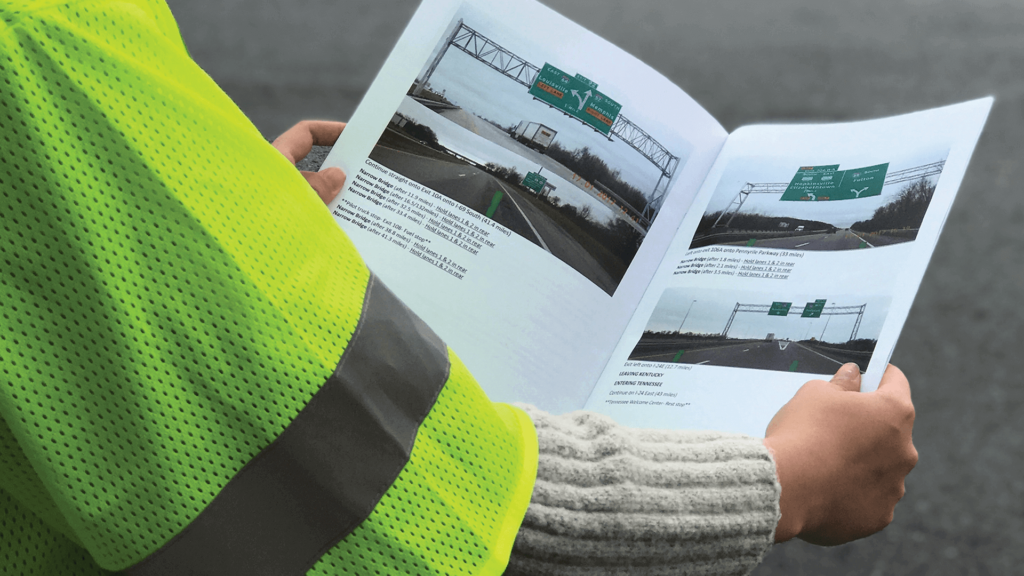
Pay attention to the following:
- number of tracks being crossed
- elevation changes on each side of the tracks
- space available to maneuver on each side of the tracks
- intersections, turns, or any other possible factors that might delay the progress of the load as it crosses the tracks
- condition of the crossing
- overhead hazards or warning signs
- visibility in each direction
- typical frequency of trains
- approximate speed of trains
- timing of warning lights and engagement of crossing arms
The route survey should also include numbers for emergency railroad notification, as well as any instructions provided by the railroad. Most railroad crossings also have signs posted that include pertinent contact information. In some cases, railroads must be notified in advance if a permitted load will be going over a crossing.
Violations at railroad crossings are subject to fines and driver disqualifications.
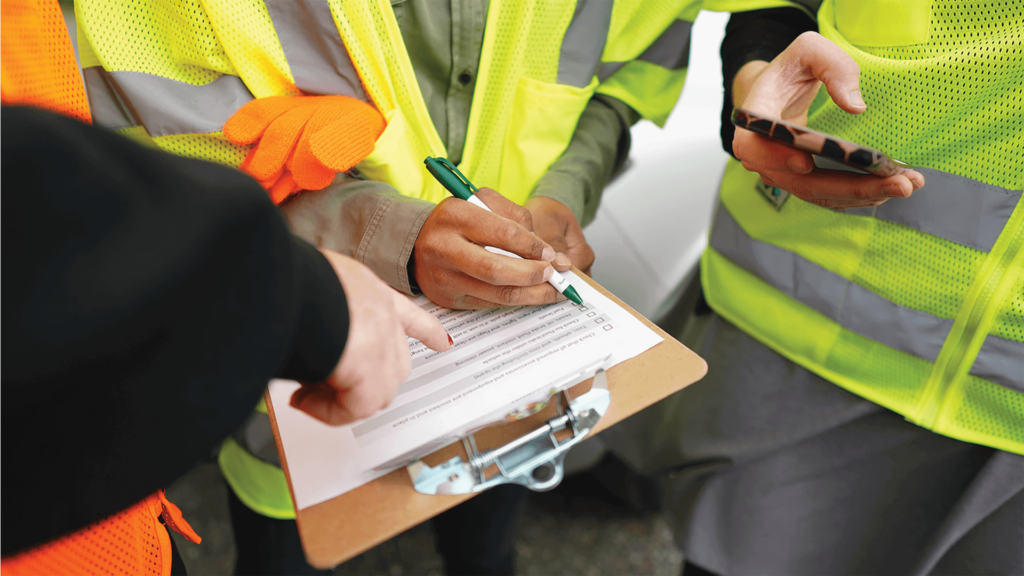
Maneuvering the load across railroad tracks
Pay attention to any potential obstructions when crossing the tracks. There may be instances (such as when there is uneven terrain) where the front of the load is able to pass under the obstruction, but the rear of the load is still at risk of striking it—or, it may be at risk of scraping the ground. Use extra caution in places with sharp dips or inclines.
- The load should stop between 15 and 50 feet from the tracks. Use pull-out lanes if available.
- All vehicles should turn on their emergency flashers.
- Look and listen carefully: roll down windows and turn off radios and fans.
- Make sure the load can get completely across all tracks before proceeding. Pay special attention to clearances—both at ground level and overhead. If there is traffic ahead, wait for it to clear.
- Remember that it takes a typical semi truck about 14 seconds to clear a single track.
Urban light rail systems present special problems, especially if they are operated as street-level trolleys with overhead cables. You must ensure that you do not block tracks, enter an intersection when a train or trolley is approaching, or hit an overhead cable.
Railroad emergencies
Even with advance planning, a load may become stuck on the tracks during a railroad crossing. If this happens, the first thing you should do is get out of the vehicle and off the tracks immediately.
If the load is in imminent danger of being hit by a train, the team should immediately exit their vehicles and run away from the tracks at a 45-degree angle, opposite to the direction that the train is moving. This will reduce the chances that anyone will be hit by debris from the crash.
Once you’re a safe distance away from the tracks, you should:
- Call for help using the railroad’s emergency number, 911, or the local police. It helps to have the DOT crossing number, which should be posted on site.
- If you haven’t already, call 911 and describe the situation and exact location. If you have not contacted the railroad, ask them to do so.
- P/EVOs should be willing to help control traffic until the issue is resolved.

